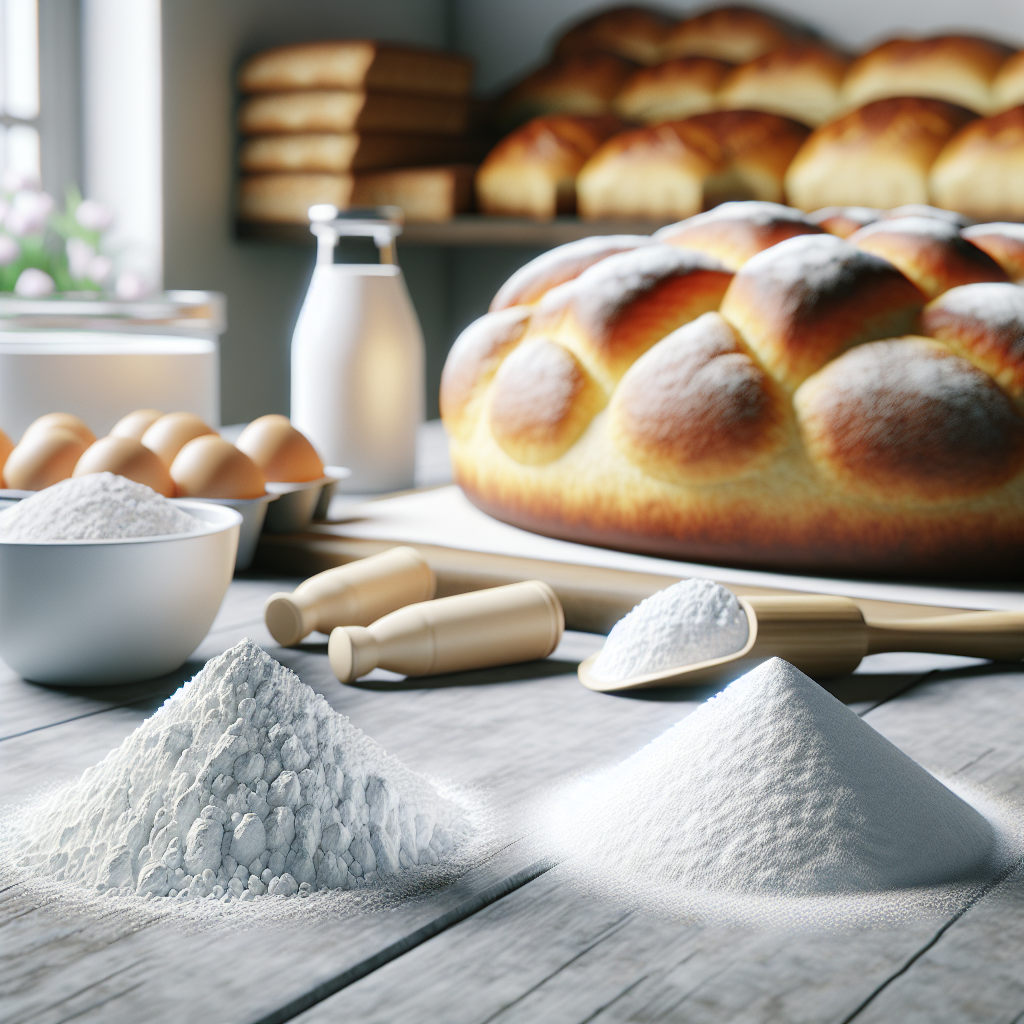Baking is both an art and a science, requiring a balance of ingredients and techniques to achieve the desired texture, rise, and flavor in baked goods. Central to this chemistry are leavening agents, substances that help dough and batter rise by producing gas. Two of the most common leavening agents used in home baking are baking soda and baking powder. Understanding their roles, differences, and applications can elevate your baking prowess and help you create delicious masterpieces.
Understanding Leavening Agents
Leavening agents are responsible for the light and airy texture in baked goods. They work by producing carbon dioxide gas, which gets trapped in the batter or dough. As the mixture is heated, the gas expands, leading to the characteristic rise that defines cakes, breads, and pastries. Leavening agents can be classified into three main categories: biological (yeast), physical (steam), and chemical. Here, we focus on the two primary chemical leavening agents: baking soda and baking powder.
Baking Soda
Chemical Composition: Baking soda, or sodium bicarbonate (NaHCO3), is a pure alkaline compound.
How it Works: Baking soda requires an acidic ingredient to activate. When it reacts with an acid, such as vinegar, lemon juice, buttermilk, or yogurt, it produces carbon dioxide gas and water. This reaction begins as soon as the baking soda and acid are combined, which is why recipes often require you to bake immediately after mixing.
Applications: Baking soda is commonly used in recipes where an acidic ingredient is already present. Examples include chocolate cakes (which often incorporate cocoa powder, another acidic ingredient) and quick breads that use buttermilk or yogurt. Properly managing the amount of acidic ingredient in a recipe is crucial; insufficient acid will lead to insufficient leavening, while excess acid may cause the baked goods to have a sour taste.
Baking Powder
Chemical Composition: Baking powder contains sodium bicarbonate, but it also includes a dry acid (like cream of tartar) and a moisture-absorbing filler (like cornstarch).
How it Works: Baking powder is classified as either single-acting or double-acting.
-
Single-acting baking powder releases carbon dioxide gas when it comes into contact with moisture. Therefore, recipes using single-acting baking powder need to be baked immediately after mixing.
- Double-acting baking powder, the more common type, releases gas in two phases: once when mixed with wet ingredients and again when heated in the oven. This allows for greater flexibility in timing, as dough or batter can sit for a short period before baking.
Applications: Baking powder is ideal for recipes that do not contain additional acid. It is commonly used in cakes, muffins, and pancakes, providing a reliable rise without needing to incorporate acidic ingredients.
Key Differences Between Baking Soda and Baking Powder
-
Composition and Activation:
- Baking soda is pure sodium bicarbonate and requires an acid for activation.
- Baking powder contains sodium bicarbonate along with an acid, so it can work on its own.
-
Taste:
- If used improperly, baking soda can leave a bitter taste in baked goods due to unreacted sodium bicarbonate.
- Baking powder, especially double-acting types, is formulated to avoid any off-flavors, making it more forgiving if misused.
- Quantity and Measurement:
- Baking soda is more potent; typically, one teaspoon of baking soda is enough to leaven a recipe.
- Baking powder is less potent and is usually used in greater quantities, with one to two teaspoons generally needed.
Tips for Successful Baking with Leavening Agents
-
Follow Recipes Closely: Adjustments in leavening agents can significantly impact texture and taste, so it is essential to stick closely to the recipe.
-
Check Expiry Dates: Both baking soda and baking powder can lose their potency over time. Ensure that they are fresh to guarantee proper leavening.
-
Experiment With Combinations: Occasionally, recipes will call for both baking soda and baking powder, allowing them to work in tandem. This can create a lovely balance of flavor and texture.
- Understand the Chemistry: Familiarize yourself with the ingredients in your recipes, particularly with regards to acidity and alkalinity. This knowledge will help you make informed choices about which leavening agent to use.
Conclusion
Baking soda and baking powder are essential tools in any baker’s repertoire, each serving a specific function in the leavening process. By grasping their differences and applications, bakers can skillfully navigate recipes to achieve the fluffiness, lightness, and texture they desire. Ultimately, understanding the science behind these chemical leaveners not only enhances baking success but also deepens your appreciation for this culinary craft. Happy baking!

